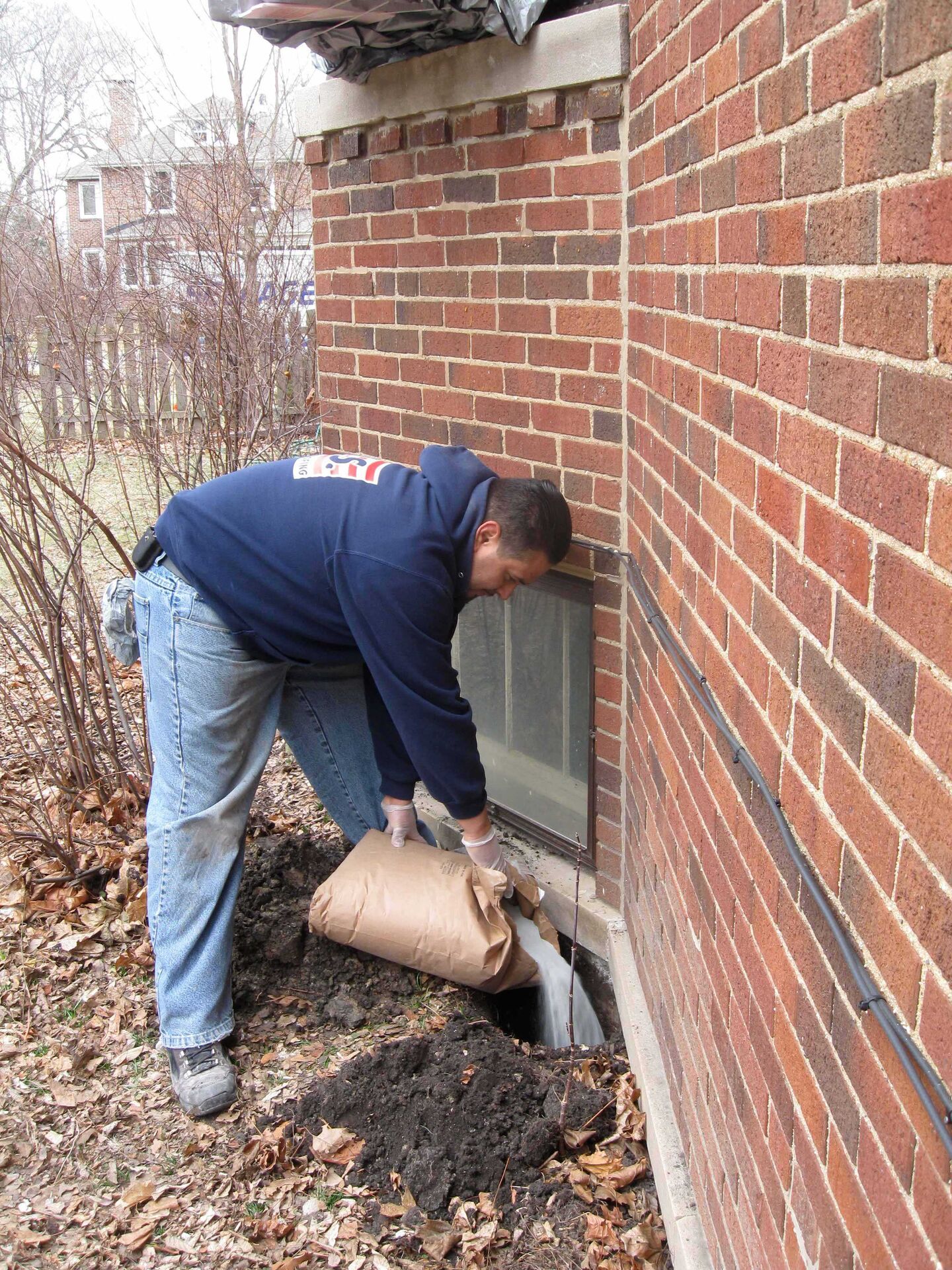Why Foundation Crack Repair isn’t Harmful for Chicago Basements

We have written frequently here about repairing cracks in basement walls, especially those non-structural cracks that lead to basement seepage. It’s a quick and cost-effective practice that permanently stops the infiltration of water.
Homeowners have lots of questions about the crack repair process, usually along these lines:
“How long will it take?
How much will it cost?
What’s your warranty?”
Our previous articles have addressed these questions but there’s another one that comes up, admittedly infrequently, and many homeowners considering crack repair would benefit by knowing the answer:
“Are your repair materials harmful or toxic?”
Foundation Crack Repair Materials are Safe for Use in Chicago Basements
There are two methods for repairing basement wall cracks, crack injection from the inside and the wall clay process done on the exterior. Both make use of materials that are safe and harmless.
Crack Injection – Interior crack injection is by far the most common process used today to stop seepage from basement wall cracks. This process uses two materials, epoxy paste and expanding urethane, both of which are non-toxic. The epoxy is used to cement small injection ports into the crack and to cover the crack on the inside to contain the urethane. The urethane is injected into the ports to fill and seal the crack all the way to the outside soil.
Epoxy has been used since the 1920’s as an adhesive and component in paints and floor finishes. It is a polymer resin that, when combined with a hardener, cures quickly into a hard plastic. Other than a smell that dissipates after it has cured, homeowners won’t notice the use of epoxy in their basements.
The urethane used in crack injection is part of a family of plastics used in products found all around – garden hoses, food packaging, water bottles and even skateboard wheels. It is a flexible plastic that, when cured, is chemically inert and harmless.
Wall Clay Process – Wall clay was the original method of foundation wall crack repair and its use dates back decades. The type of clay used in the process is sodium bentonite, one of a group of bentonite clays named for their dominant element. To repair wall cracks from the exterior, the basement waterproofing company digs a small hole along the foundation at the site of the crack pours in powdered sodium bentonite. The clay expands as it absorbs water from the surrounding soil and seals the crack, creating a “positive side” dam against further seepage.
Sodium bentonite is an organic material that is dug from the earth. It has many uses, including sealing landfills and ponds and capping old wells. It is completely safe for use on a home’s foundation.
So, whether a crack is repaired from the interior or the exterior, Chicago homeowners should be assured that the materials used will be safe for their homes and families.
At U.S. Waterproofing, we started out with the wall clay process in 1957 and now repair thousands of cracks, with urethane injection and wall clay, for Chicago homeowners every year. We constantly monitor the materials available in our industry to ensure we are using the most effective and safest for our customers and our employees. Please feel free to contact us if you have cracks in your basement walls.




